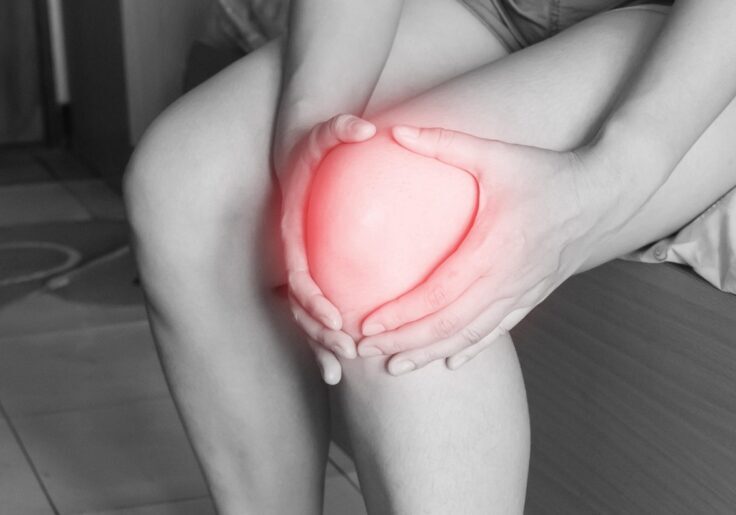
From sprains and strains to more serious conditions like tendonitis and stress fractures, the
potential for injury is a concern for many CrossFit athletes. Fortunately, physical therapy can
play a pivotal role in reducing the risk of injuries and keeping CrossFit enthusiasts performing at
their best. In this blog, we’ll explore how physical therapy can help prevent injuries in the world
of CrossFit.
Understanding CrossFit Injuries
CrossFit workouts are designed to challenge the body in various ways, incorporating elements
of weightlifting, gymnastics, and cardiovascular exercise. While this diversity is one of CrossFit’s
strengths, it also increases the likelihood of overuse injuries and movement imbalances.
Common CrossFit injuries include:
CrossFit workouts are designed to challenge the body in various ways, incorporating elements
of weightlifting, gymnastics, and cardiovascular exercise. While this diversity is one of CrossFit’s
strengths, it also increases the likelihood of overuse injuries and movement imbalances.
Common CrossFit injuries include:
- Sprains and strains
- Rotator cuff injuries
- Lower back pain
- Knee injuries (e.g., patellar tendinitis)
- Achilles tendonitis
- Shoulder impingement
The Role of Physical Therapy
Physical therapy offers a proactive approach to injury prevention by addressing underlying
movement patterns, weaknesses, and imbalances. Here’s how physical therapy can help
reduce the risk of CrossFit injuries:
- Movement Assessment and Correction
Physical therapists are trained to assess movement patterns and identify biomechanical issues
that may predispose individuals to injury. By conducting a comprehensive movement
assessment, therapists can pinpoint areas of weakness, tightness, or dysfunction and develop
personalized corrective exercises to address them. - Strength and Conditioning
A well-rounded strength and conditioning program is essential for injury prevention in CrossFit.
Physical therapists can prescribe targeted exercises to improve strength, stability, and mobility
in key areas such as the shoulders, hips, and core. By addressing muscular imbalances and
weaknesses, athletes can enhance their performance while reducing the risk of overuse injuries. - Flexibility and Mobility Training Flexibility and mobility play a crucial role in injury prevention and performance optimization. Physical therapists can prescribe dynamic stretching routines, mobility exercises, and soft tissue techniques to improve joint range of motion and flexibility. Enhanced mobility not only reduces the risk of injury but also allows athletes to move more efficiently during workouts.
- Injury Rehabilitation
In the unfortunate event of an injury, physical therapy plays a vital role in the rehabilitation
process. Whether it’s a minor sprain or a more serious injury, a physical therapist can develop a
customized rehabilitation program to promote healing, restore function, and safely reintegrate
athletes back into their training routine. - Education and Injury Prevention Strategies
Education is key to injury prevention in CrossFit. Physical therapists can provide valuable
guidance on proper technique, movement mechanics, and injury prevention strategies. By
teaching athletes how to perform exercises safely and effectively, therapists empower them to make informed decisions about their training and reduce the risk of injury.
Integrating Physical Therapy into CrossFit Training
To harness the benefits of physical therapy for injury prevention in CrossFit, athletes should
consider incorporating the following strategies into their training routine:
- Schedule regular movement assessments with a physical therapist to identify areas of
weakness and imbalance. - Follow a structured strength and conditioning program that targets key areas for injury
prevention, such as the shoulders, hips, and core. - Prioritize flexibility and mobility training to improve joint range of motion and movement
efficiency. - Seek guidance from a physical therapist if experiencing pain or discomfort during workouts to
address potential issues before they escalate into injuries. - Stay proactive about injury prevention by incorporating prehab exercises, proper warm-up
routines, and cooldown stretches into your training regimen.
Conclusion
Physical therapy is a valuable resource for CrossFit athletes looking to reduce the risk of injuries and optimize their performance. By addressing movement imbalances, enhancing strength and mobility, and providing education on injury prevention strategies, physical therapists empower athletes to train smarter, safer, and more effectively. Whether you’re a seasoned CrossFit enthusiast or a beginner, integrating physical therapy into your training routine can help you stay injury-free and achieve your fitness goals.


